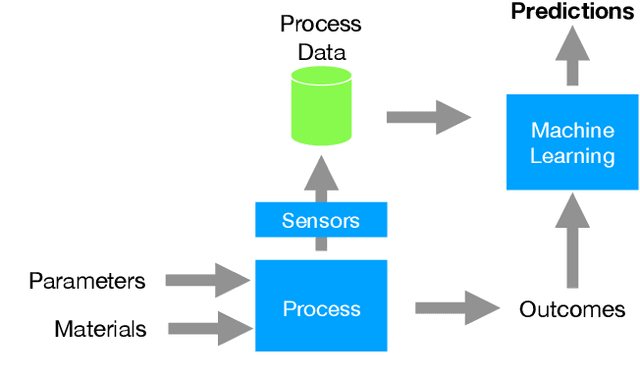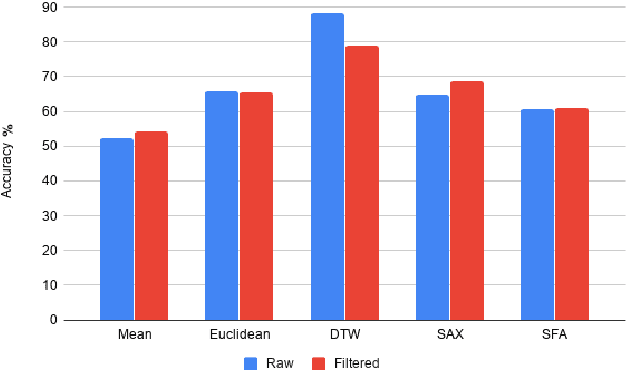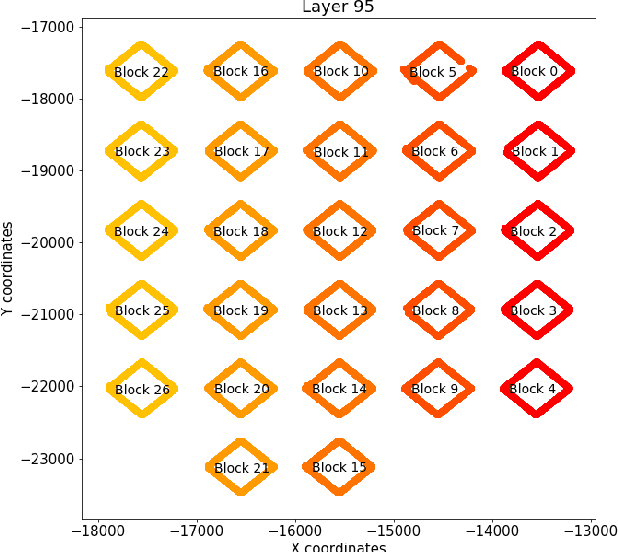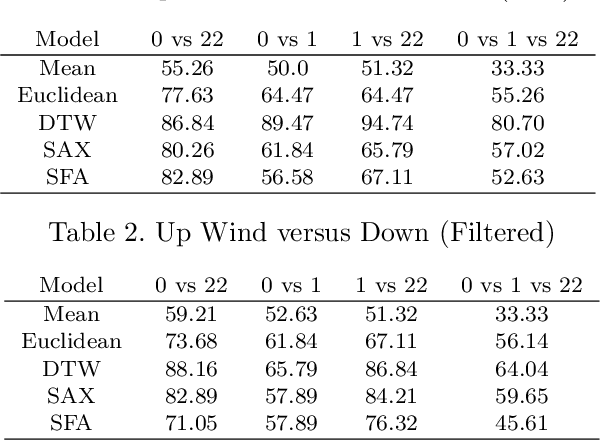Vivek Mahato
A Case-Study on the Impact of Dynamic Time Warping in Time Series Regression
Oct 11, 2020



Abstract:It is well understood that Dynamic Time Warping (DTW) is effective in revealing similarities between time series that do not align perfectly. In this paper, we illustrate this on spectroscopy time-series data. We show that DTW is effective in improving accuracy on a regression task when only a single wavelength is considered. When combined with k-Nearest Neighbour, DTW has the added advantage that it can reveal similarities and differences between samples at the level of the time-series. However, in the problem, we consider here data is available across a spectrum of wavelengths. If aggregate statistics (means, variances) are used across many wavelengths the benefits of DTW are no longer apparent. We present this as another example of a situation where big data trumps sophisticated models in Machine Learning.
An Evaluation of Classification Methods for 3D Printing Time-Series Data
Oct 02, 2020



Abstract:Additive Manufacturing presents a great application area for Machine Learning because of the vast volume of data generated and the potential to mine this data to control outcomes. In this paper we present preliminary work on classifying infrared time-series data representing melt-pool temperature in a metal 3D printing process. Our ultimate objective is to use this data to predict process outcomes (e.g. hardness, porosity, surface roughness). In the work presented here we simply show that there is a signal in this data that can be used for the classification of different components and stages of the AM process. In line with other Machine Learning research on time-series classification we use k-Nearest Neighbour classifiers. The results we present suggests that Dynamic Time Warping is an effective distance measure compared with alternatives for 3D printing data of this type.
 Add to Chrome
Add to Chrome Add to Firefox
Add to Firefox Add to Edge
Add to Edge